For the protection of the Sumatran rhinoceros and the Pallas’s cat
By choosing the donation back to nature at the box office, visitors of the Tallinn Zoo can contribute € 1 to the endangered species Sumatran rhino and the little cat – Pallas’s cat – in the wild. The € 1 added to the main ticket goes to the Tallinn Zoo Species Protection Fund. With the proceeds, the zoo, through Save the Rhino, Pallas’s Cat International Conservation Alliance and the Snow Leopard Trust, is supporting activities aimed at conserving these species in the wild.
Sumatran rhino
The Sumatran rhino population in Southeast Asia has fallen to a critical level in the last century as a result of human activity. Widespread habitat loss and fragmentation have led to surviving animals to meet and breed in the wild, while the threat of poaching still looms. Nowadays there are less than 80 rhinos in the species’ habitats – the rainforests of Borneo and Sumatra. Save the Rhino’s mission is to help to relocate the remaining Sumatran rhinos to safe sanctuaries. The sanctuaries aim to create a genetically viable artificial population from which specimens can be reintroduced into the wild in the future.
The first shelter, the Sumatran Rhino Sanctuary, was established in 1996 to allow Sumatra rhinos to meet and reproduce their species. As a result of 35 years, two sons have been born in the shelter and one rhino has lived to be 40 years old. For the Sumatran rhino, it is very old age.
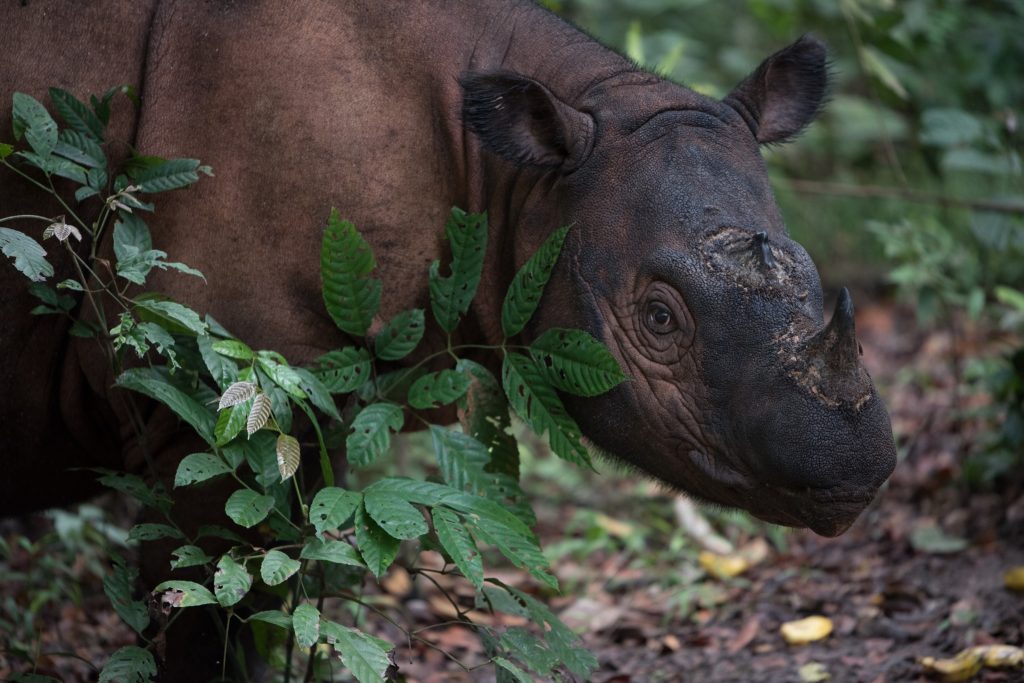
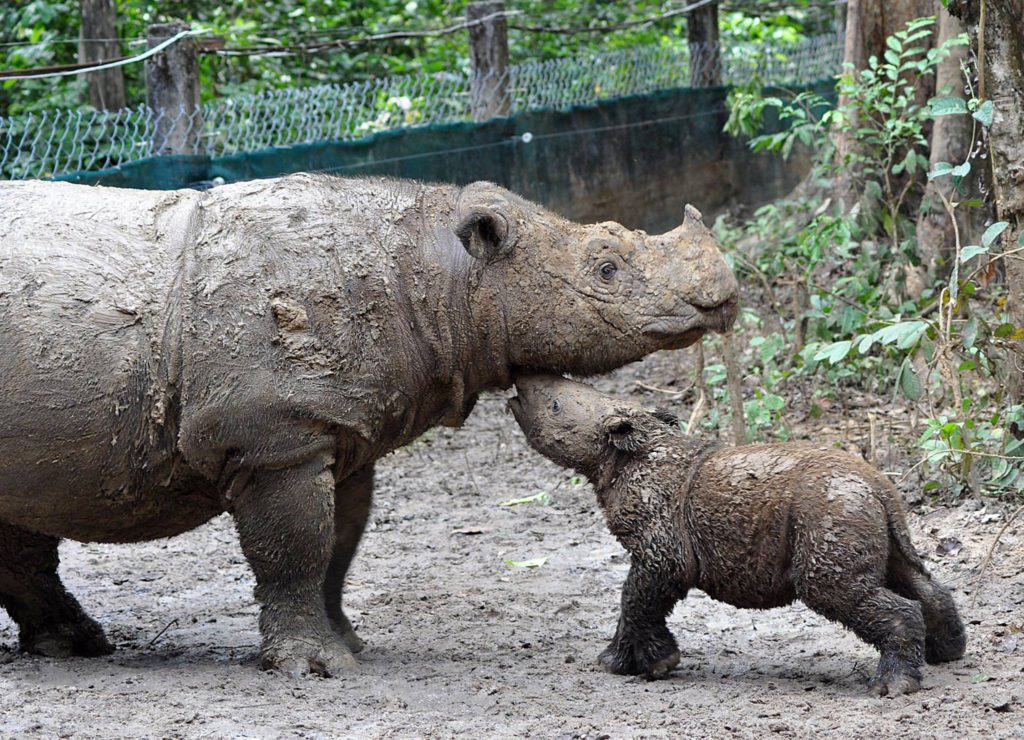
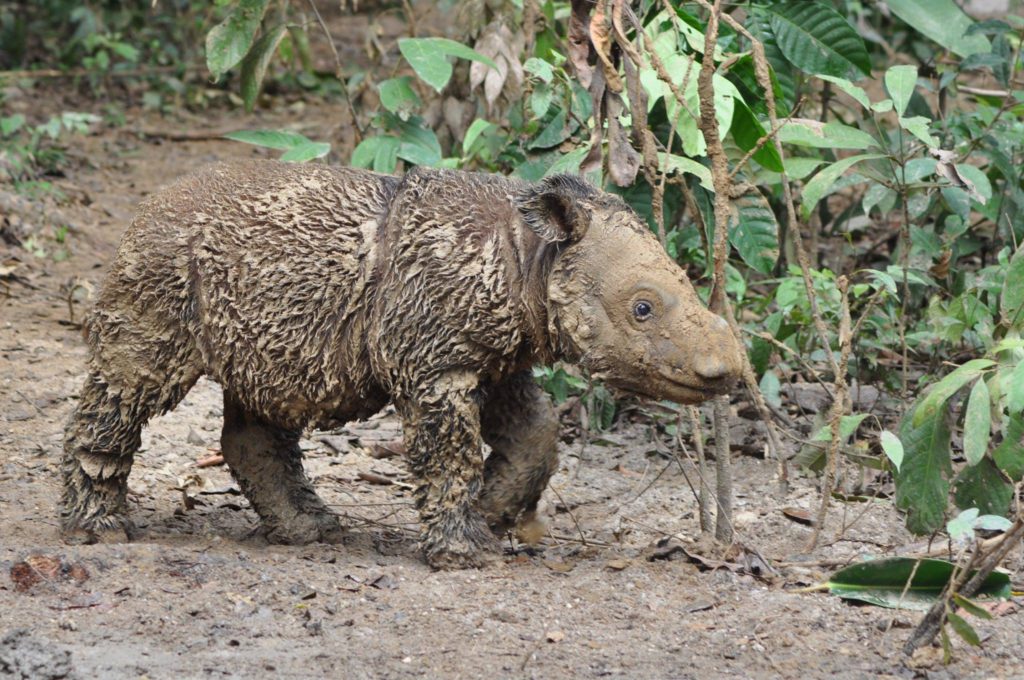
photos: Save the Rhino
Pallas’s cat
2002. In 2002, the global population of the Pallas’s cat was estimated at 50,000, and by 2016 it had fallen to 15,315. 2020. The biggest surprise of 2020 was the discovery that there could be more wild animals than expected – as many as 58,000 individuals, and the International Union for Conservation of Nature (IUCN) no longer considers the species endangered.
Based on the above, it could be assumed that the Pallas’s cat is doing better in the wild and its protection should no longer be dealt with. In reality, it is much more complicated because Pallas’s cats are animals with a very mysterious lifestyle and cannot be easily counted in nature. Rather, the researchers studied habitats suitable for Pallas’s cat in different regions and calculated how many cats could live there. This means that their numbers are largely estimated. Also, the dangers of fragmentation and destruction of habitats, loss of prey and poaching are not lost on this little cat. The species continues to need support for further explorations.
A lot of resources and international cooperation are needed to study this species. The Pallas’s Cat International Conservation Alliance aims to objectively assess the number of wildcats, carry out the ecological studies needed to draw up conservation plans, and provide information and cooperation with local communities to ensure the conservation and protection of the Pallas’s cats and their prey. The Snow Leopard Trust contributes to the monitoring of the Pallas’s cat, as the species partly shares its range with the snow leopard.
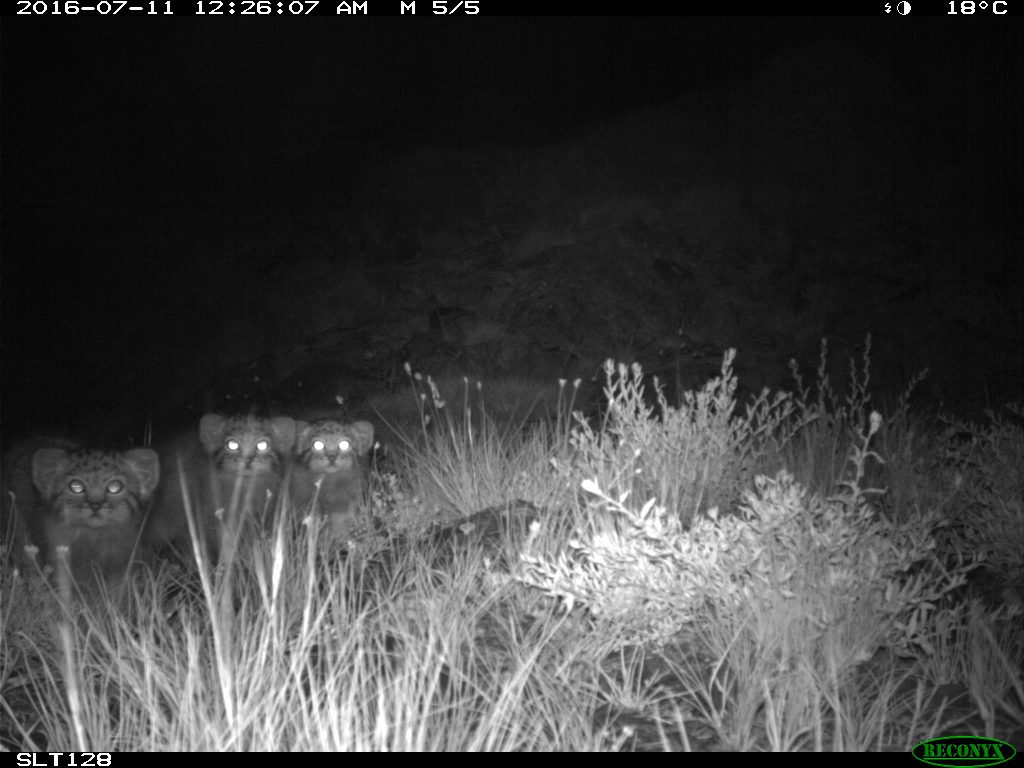
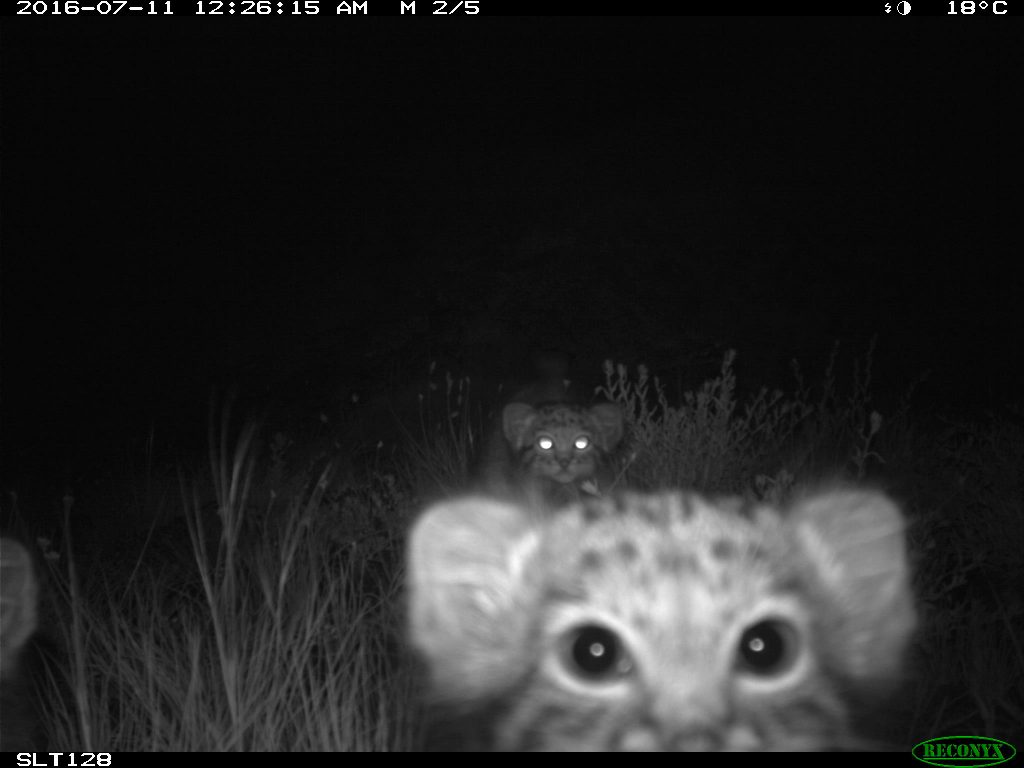
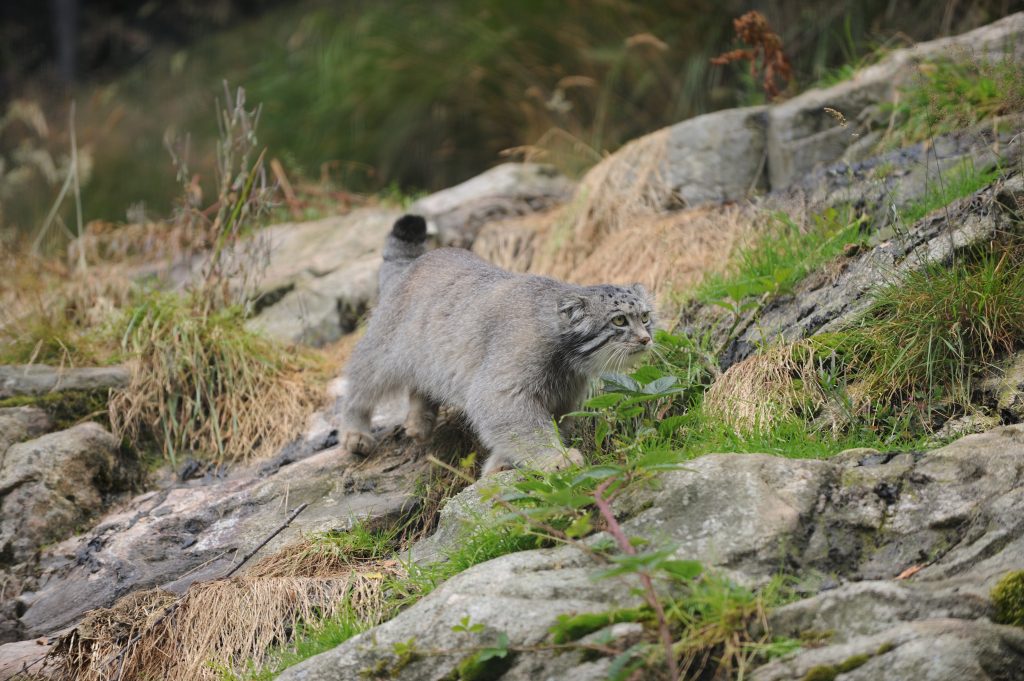
photos: Snow Leopard Trust

Visitors contributions in euros
AS of 2021
Sumatran rhino
19k
Pallas's cat
19k
Australian animals
78k




